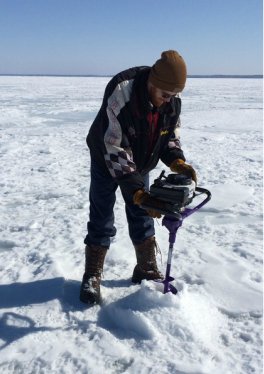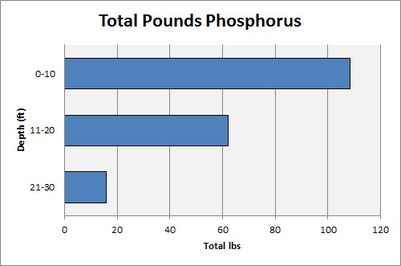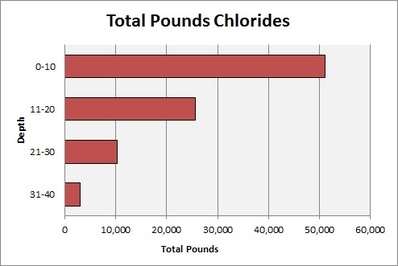WINTER SAMPLING
|
The purpose of winter sampling is to assess water quality when the lake is buffered from atmospheric influences. During the winter months, algae and other aquatic vegetation settles to the bottom and decays, as a result, the concentrations of total phosphorous and other nutrients at lower depths increase. At the point in the decomposition process when the dissolved oxygen is used up in the bottom waters, the bacterial species shift to anaerobic. When this occurs, nutrients contained in the sediments go back into solution dissolving in the water. This condition is referred to as anoxic. Under anoxic conditions, phosphorous is released from bottom sediments, resulting in even higher concentrations of phosphorous. Therefore, the samples collected provide a “worst case” record of nutrient levels in the lake.
Winter Sampling provides an excellent record of nutrient levels in the lake that can be used to track trends over time. We typically recommend completing winter sampling every 2-3 years. While sampling lakes in the summer is important, winter conditions are more consistent from year to year and therefore sampling results are more comparable over time. |
Profile Sampling
Winter sampling typically involves collecting samples at the deepest location. A specially designed sampling device is used to collect samples at each 10-foot depth level from the surface to the bottom of the lake. By analyzing these samples we can put together a "profile" of the water column. Using the volume of the lake and the lab analysis results, we can calculate an approximate total pounds for each nutrient at each depth level of the lake.





